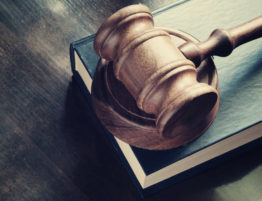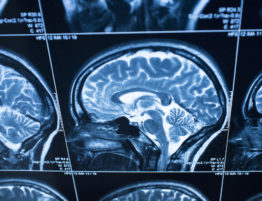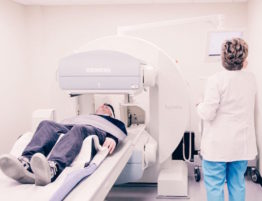In the event your business becomes involved in litigation, knowledge of courtroom procedure is essential. Courtroom procedure can be complicated, and knowing what to expect can enable a business to prepare effectively. In addition, state and federal law govern procedural issues; depending on the jurisdiction and the specific court involved, there may be notable procedural differences.
If you are faced with litigation involving a business transaction or any aspect of your business, our lawyers can provide additional assistance and counsel regarding your jurisdiction, court, and possible legal options for your situation.
What are Pleadings?
Pleadings are initial filings with the court that describe the parties’ claims and defenses. For example, a complaint will state the claims a plaintiff has against a defendant, and the defendant’s answer may assert defenses, counterclaims, and cross-claims. Sometimes a third-party action must be started, bringing in a new party. The complaint must be served on all parties. The defendant may then answer the complaint or seek to dismiss the action on one or more grounds. Once the pleadings are served and any preliminary motions resolved, the parties will proceed with discovery.
What are Motions?
Motions are used by the parties for a variety of reasons. Sometimes they are used to request a dismissal of an action. Sometimes, they are used to narrow the issues, exclude an issue, or resolve an action as a matter of law. Motions are presented to the court for determination by one judge or in some cases a hearing officer or referee. A large part of the litigation process may be spent on motions. A case may succeed or fail on the merits and determination of a particular motion.
What is a Pretrial Proceeding?
A large part of the litigation process is spent on pretrial matters. Pretrial proceedings are designed to make the trial more efficient, giving the respective attorneys opportunity to discover the strengths and weaknesses of the parties’ claims to be presented to the court either by motion or at trial. Many issues may already be resolved before settlement is discussed or trial begins.
What happens at Trial?
A trial can take place before a jury, a judge, or a panel of judges, providing an opportunity to show evidence; call, examine, and cross-examine witnesses; and make opening and closing arguments. The lawyers’ advocacy skills are most prominent at trial. However, as discussed above, a large portion of the litigation process occurs before the actual trial begins. In the case of potentially complex business litigation, the trial could take place months, or even years, after the initial proceedings.
What is a Judgment?
At the conclusion of a trial, the court renders a judgment. The judgment could result in money damages or a court order requiring a party to take a specified action. Generally, business-litigation claims seek money damages, and in many instances, a money judgment may be held as a lien against assets or real property owned by the unsuccessful litigant.
Can I appeal a judgment?
In most cases, either party can appeal a judgment of the trial court. In some instances, the appeal will involve a party asking for the reversal of a case due to trial-court error, or a petition to review the case de novo (requesting the appellate court to review the facts and law without deference to the trial court’s judgment) alleging a mistake in the interpretation and application of the law.
Experienced Long Beach, California Trial Lawyers for Plaintiffs
Southern California • Los Angeles County • Orange County • Riverside County • San Bernardino County • San Diego County • Ventura County
If your business is facing an issue that may result in litigation, it is critical to understand the legal matters and various possibilities for conflict resolution. Contact the attorneys of Stolpman Law Group, to assist you in preparing for court.
From offices in Long Beach, our lawyers represent clients in the Los Angeles area and throughout Southern California.









